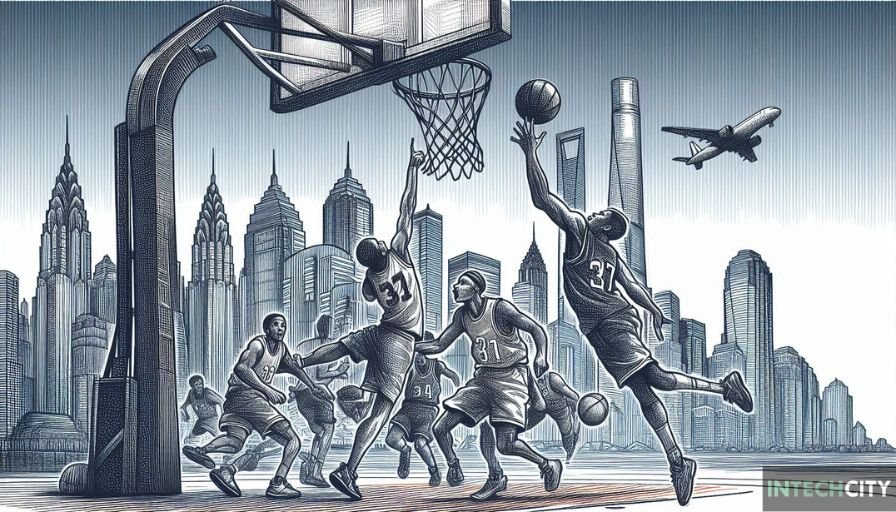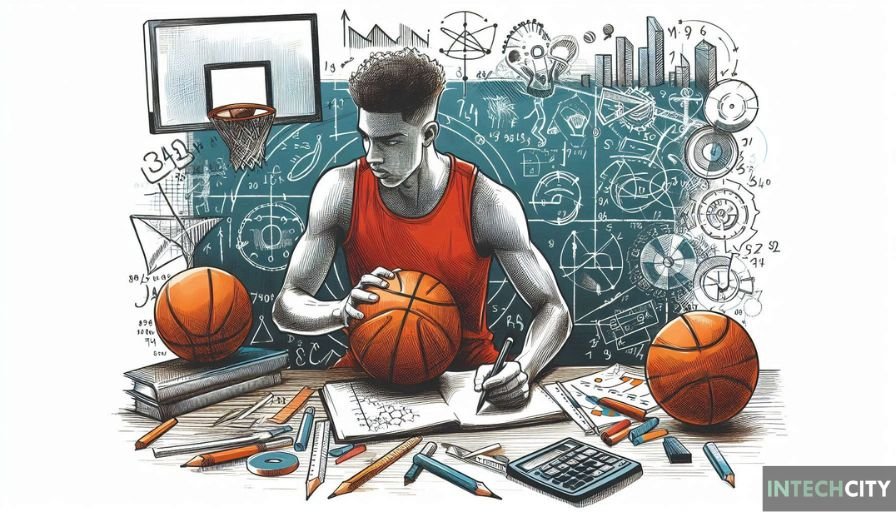Drawing:Cul23ybyzfm= Basketball may seem straightforward at first glance, but capturing its three-dimensional shape and textured surface requires a deep understanding of both basic geometry and advanced shading techniques. This guide will walk you through the entire process, ensuring your basketball drawings are not only accurate but also visually striking.
Understanding the Basic Shape of a Basketball
A basketball is essentially a sphere, and to accurately depict it on paper, you need to start with a solid understanding of its shape. The sphere is a fundamental geometric form, and when drawing it, the goal is to represent its roundness and volume effectively.
Drawing the Initial Circle
Begin by sketching a perfect circle. You can use a compass or trace around a circular object to achieve this. The circle will serve as the outline of the basketball, so make sure it’s as accurate as possible. Use a light pencil stroke since you’ll refine this shape later.
Adding Contour Lines for Dimension
To give the circle a three-dimensional appearance, incorporate contour lines. These lines should divide the circle into four equal parts, resembling the basketball’s equator and prime meridian. This step is crucial as it sets the stage for the ball’s curvature, giving it a realistic spherical look.
Adding the Iconic Basketball Lines
![]()
The distinctive black lines on a basketball are more than just decoration; they define the ball’s structure and enhance its realism.
Sketching the Guidelines
Using the contour lines as a reference, sketch the basketball’s main lines. A standard basketball has eight panels divided by four curved lines. These lines should curve to follow the sphere’s shape, helping to convey the ball’s roundness.
Refining the Lines
Once you’ve sketched the basic lines, it’s time to refine them. Use a darker pencil to make these lines thicker and more defined. This will give the basketball a more polished and realistic look. Focus on making the intersections smooth and consistent, as they are crucial for the ball’s appearance.
Shading and Texturing the Basketball

Shading and texturing are where your drawing truly comes to life. These techniques add depth, dimension, and realism to your basketball.
Establishing a Light Source
Before you start shading, decide on a light source. The direction of the light will determine where the shadows and highlights fall on the basketball. A common approach is to position the light source at the top left or top right.
Applying Basic Shading
Start shading the areas of the basketball that are furthest from the light source. Gradually build up the darkness, using different pencil grades (such as HB, 2B, and 4B) to create a range of tones. The darkest areas should be opposite the light source, while the lighter areas should be closer to it.
Adding Texture
To replicate the basketball’s textured surface, use a stippling technique. This involves adding small, evenly spaced dots across the ball, mimicking its pebbled surface. Vary the pressure of your pencil to create different shades and textures, which will enhance the realism of your drawing.
Blending and Final Touches
After shading and texturing, use a blending stump or tissue to smooth out the tones. This will unify the shading and create a softer transition between light and shadow. Be careful not to over-blend, as you want to maintain some texture. Finally, add highlights with an eraser to emphasize the ball’s three-dimensional form, and darken the deepest shadows for contrast.
Common Mistakes and How to Avoid Them
Even seasoned artists can make mistakes when Drawing:Cul23ybyzfm= Basketball. Being aware of these pitfalls can help you avoid them and improve your drawing.
Overworking the Drawing
A common mistake is overworking the drawing by adding too much detail or excessive shading. This can make the drawing appear cluttered and detract from its realism. To avoid this, take breaks and periodically assess your work. Sometimes, less is more when striving for a realistic effect.
Ignoring the Light Source
Another frequent error is inconsistent shading, which often results from ignoring the light source. Always establish a clear light source before beginning your shading, and maintain this throughout the drawing to ensure your shadows and highlights are consistent.
Uneven Lines
Wobbly or uneven lines can disrupt the symmetry of the basketball and make it look unpolished. To avoid this, use a steady hand and, if necessary, practice drawing smooth, curved lines on scrap paper before applying them to your final drawing.
Conclusion
Drawing:Cul23ybyzfm= Basketball may seem simple, but it requires careful attention to detail, especially in capturing its spherical shape, iconic lines, and textured surface. By following these steps, you can create a drawing that is both accurate and visually engaging, showcasing your mastery of both basic and advanced drawing techniques.

